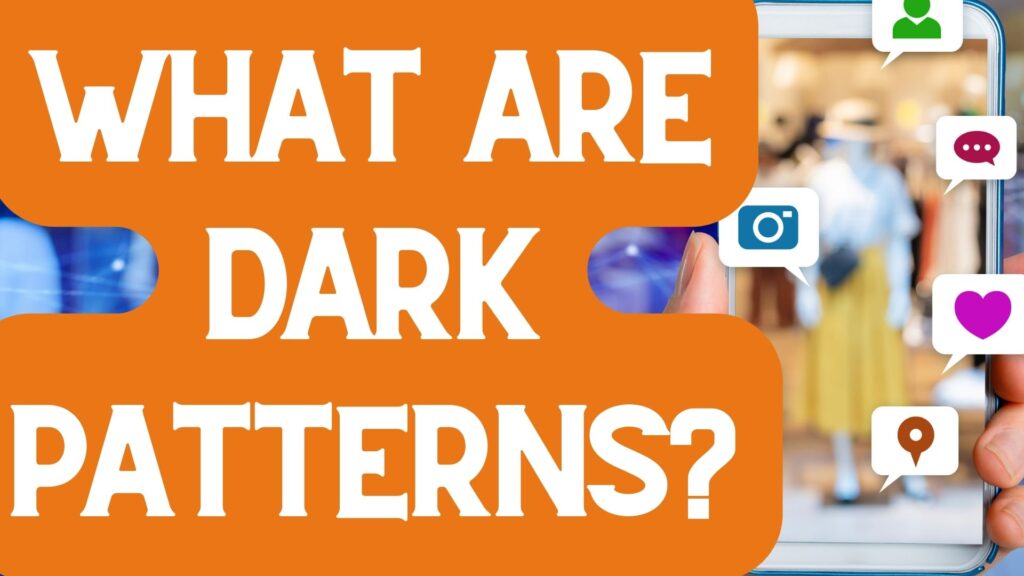Dark patterns are interfaces and user experiences designed to manipulate users into making specific choices without them fully understanding the consequences of those choices. They are often used by companies to increase revenue, increase sales, or reduce customer service costs. Examples of dark patterns include deceptive language, fake discounts, hidden fees, and mandatory opt-ins.
Examples of dark patterns
1. Hidden fees: Websites may require users to click through multiple pages before revealing the true cost of a product or service.
2. Forced continuity: Companies may require customers to opt-in to a subscription or membership before they can purchase a product or gain access to a service.
3. Bait-and-switch: Companies may advertise a product or service at a low price, only to switch the price to a higher one after the customer has committed to the purchase.
4. Confusing opt-outs: Companies may make it difficult for users to find and use the opt-out or unsubscribe options for emails and other services.
5. Misdirection: Companies may use misleading language to lead users to believe they are making a different choice than they actually are.
Cases of dark patterns
Dark patterns and Amazon
Amazon has been accused of using dark patterns to make it more difficult for customers to find and use their opt-out and unsubscribe options. Additionally, Amazon has been accused of using deceptive language to lead customers to believe they are making different choices than they actually are.
Dark Patterns and Linkedin
LinkedIn has been accused of using dark patterns to encourage users to sign up for premium services without fully understanding the costs and implications. Additionally, LinkedIn has been accused of using confusing opt-out options, making it difficult for users to unsubscribe from emails and other services.
Dark Patterns and Google
Google has been accused of using dark patterns to increase revenue, such as using deceptive language to lead users to believe they are making different choices than they actually are. Additionally, Google has been accused of using hidden fees and mandatory opt-ins to increase sales.
Dark Patterns and Facebook
Facebook has been accused of using dark patterns to increase revenue, such as using deceptive language to lead users to believe they are making different choices than they actually are. Additionally, Facebook has been accused of using hidden fees and mandatory opt-ins to increase sales.
Impact of dark patterns
Dark patterns can be extremely unethical, as they can be seen as exploitative and manipulative. They can also lead to customers feeling misled, frustrated, and taken advantage of. Additionally, dark patterns can violate consumer protection laws and regulations, leading to legal action taken against companies who use them.
Way Forward
1. Understand how dark patterns work: Educate yourself on the various techniques used in dark patterns.
2. Read the fine print: Always read the fine print and be aware of any hidden fees or mandatory opt-ins.
3. Take your time: Don’t be rushed into making a decision and make sure to understand the consequences of your choices.
4. Speak up: If you feel like you are being manipulated or misled, speak up and contact the company.
5. Report it: If you come across a company that is using dark patterns, report it to the appropriate authorities.
Also read – What is ChatGPT?

